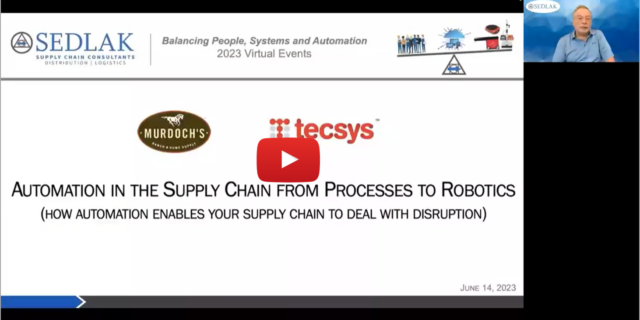Found Money: How to Clean Up Preference Cards to Cut Inventory Spend (3 of 3)
August 26, 2016 Topics: HealthcareThis three-part series examines the potential for hospitals to capture inventory savings through more efficient management of physician preference cards.
So far, the series has identified inaccurate physician preference cards as the main culprit in poor inventory management in hospitals, and outlined the necessary actions hospitals should take to capture the potential savings available by cleaning up their existing cards. The series concludes by noting how hospitals can develop a preference card management process.
Part 3 – Sustaining the Benefits
The benefits of this initial exercise won’t be sustainable if the hospital simply returns to its old ways of maintaining preference cards. It has to put in place a new process for ensuring they remain current and accurate.
One of the biggest problems with the way hospitals currently maintain preference cards is the fact that it’s every nurse’s responsibility. As mentioned, that adds to nurses’ workload, which is already full with caring for patients. Nurses don’t have time to continually update and refine preference cards beyond simply adding new items as doctors begin using them. And the fact that any nurse can amend any preference card in the system only adds to the risk that the cards become “grab-bags” of items.
The solution: assigning a dedicated resource as the “preference card keeper” whose sole responsibility is to gather ongoing updates to preference cards from nurses, make those changes in the OR IT system and communicate the changes to procurement so procurement can ensure their purchasing keeps pace with how doctors’ supply use evolves. If the hospital is big enough, it could create such a role for each service area.
The frequency of updates can vary. While getting feedback after every procedure would be ideal, it’s unrealistic. For most hospitals, a quarterly audit—in which the card-keeper reconciles supplies picked against what the hospital charged the patient for—is sufficient. A large variance for a doctor or a procedure is a red flag that further monitoring is needed.
By limiting access to a single person who’s accountable for updating preference cards, the hospital ensures that proper updating actually happens. It also prevents others from making ad hoc, haphazard changes, which helps preserve the cards’ integrity. In effect, the hospital instills a system of checks and balances and ensures card updating is done in a disciplined, formal way.
However, nurses still play a critical role. After all, they’re in the OR every day. It’s up to nurses to continue to employ the process the techs used to compare what’s on the cards with actual use after every procedure, and communicate any discrepancies to the card-keeper. Implementing 5S—a common tool used in Lean methodology to eliminate waste from the work environment—can be especially helpful in supporting nurses’ efforts to keep cards current over the long term.
Conclusion
There’s no question that hospitals today are under intense pressure to operate more efficiently and get a better handle on their cost structure. But it’s equally true that any moves to address either or both of those challenges must be done without negatively affecting patient care. In fact, ideally these two objectives can be accomplished while actually improving patient outcomes.
Myriad potential cost-reduction targets exist in the typical hospital, but arguably none is more prominent than preference cards. As discussed, inaccurate preference cards can cost a typical hospital $1 million or more in annual overspend—money that, if recovered, drops straight to the bottom line.
The good news is that capturing those savings isn’t difficult. Preference cards are actually low-hanging fruit for any hospital that’s serious about reducing its costs and improving efficiency. All it takes is an initial effort to clean them up so they reflect OR reality, and the discipline to maintain the cards’ integrity and currency over the long term.
Given today’s climate, it’s an exercise that’s unquestionably worth the effort.
Read the previous post in this series.
Sedlak Management Consultants is an industry leader in supply chain strategy and inventory planning, with a specialize practice in healthcare. From manufacturers to distributors to providers, we help poise healthcare companies to manage continual changes brought on by regulation, mergers and acquisitions, and ever-changing product mixes.
If there is any way we can support your healthcare supply chain or distribution optimization, please feel free to contact us by filling out the form below.





